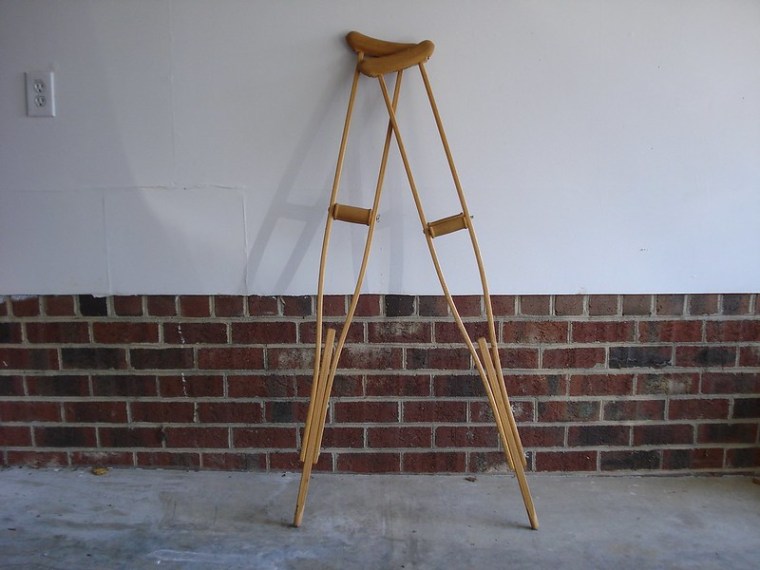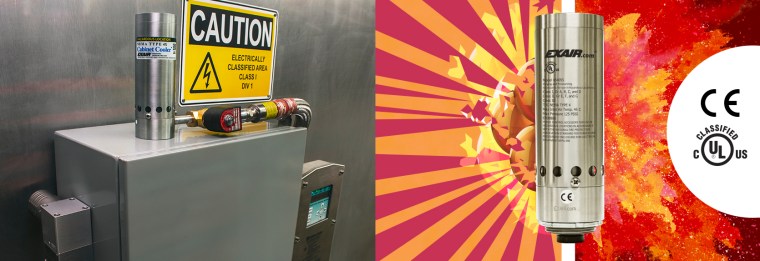
All of my life I’ve been known as injury-prone. From early on it was apparent that my life was going to be wrought with random hazards and injuries and into adulthood we’ve maintained that sentiment. Just in my time here at EXAIR , I’ve had the pleasure of breaking an ankle running to 1st base in a softball game, being concussed from another softball game (I’ve since retired from softball might I add), as well as tearing both my hamstrings while racing a colleague on the field at Paycor Stadium during a tour. In my childhood, I had to be transported to what has recently been named the #1 children’s hospital in the USA, Cincinnati Children’s, to remove a section of fence that impaled my ankle during a failed attempt at jumping said fence. This is not the full list, far from it actually, but I think you get the idea.
Life is always going to be full of hazards and safety is incredibly important. When it comes to Hazardous Locations in an industrial facility, we’re talking about some very serious repercussions to both people and property if strict guidelines aren’t adhered to. In an area where you have control panels operating near combustible vapors or particles, it’s critical that these panels are constructed in a manner consistent with the regulations put forth by UL. One critical component of these panels are EXAIR’s Hazardous Location Cabinet Coolers.

EXAIR’s Hazardous Location Cabinet Coolers are engineered for use with purged (not included) electrical enclosures. The HazLoc Cabinet Coolers are not purged and pressurized control systems and should not be relied upon nor used in place of a purged and pressurized controller. They are a cooling solution meant to be used in conjunction with a purged and pressurized control system. These systems have been approved and tested by UL for use in the following areas:
Class I Div 1&2 – Groups A, B, C, and D
- Class I Areas refer to the presence of flammable gases or vapors in quantities sufficient to produce explosive or ignitable mixtures. Class I Div 1 will have ignitable concentrations of flammable gases present during the course of normal operations. This is level of approval is one that differentiates the EXAIR Hazardous Location Cabinet Coolers from much of the competition. Class 1 Div 2 areas will have flammable gasses or vapors present only in the event of an accident or during unusual operating conditions.
Class II Div 1&2 – Groups E, F, and G
- Class II areas are locations in which combustible dust may exist. The end user shall avoid installation of the device in a Class II environment where dust may be readily disturbed from the exhausts of the Hazardous Location Cabinet Cooler. Any dust formed in the vicinity of the cooler must be cleaned regularly.
Class III
- Class III areas are locations that will have ignitable fibers or flyings present. This is common within the textile industry.
The Cabinet Cooler also carries a temperature rating of T3C, meaning it cannot be installed near any materials that could auto-ignite at temperatures in excess of 320°F. For a comprehensive list and description of all the various Classified areas, check out the UL website.
The Hazardous Location Cabinet Cooler is available in (8) different cooling capacities ranging from 1,000 Btu/hr – 5,600 Btu/hr. The Cabinet Cooler is the best solution for protecting your sensitive electronics from heat, dirt, and moisture. With Nema 4/4X systems available, the Hazardous Location Cabinet Coolers will keep the cabinet cool without compromising the integrity of the enclosure.
If you’ve got an electrical cabinet installed within a hazardous location, fill out the Cabinet Cooler Sizing Guide and allow an EXAIR Application Engineer to determine the most suitable model for you.
Tyler Daniel, CCASS

Application Engineer
E-mail: TylerDaniel@exair.com
Twitter: @EXAIR_TD
Crutches photo courtesy of Anthony Crider via Flickr Creative Commons License


